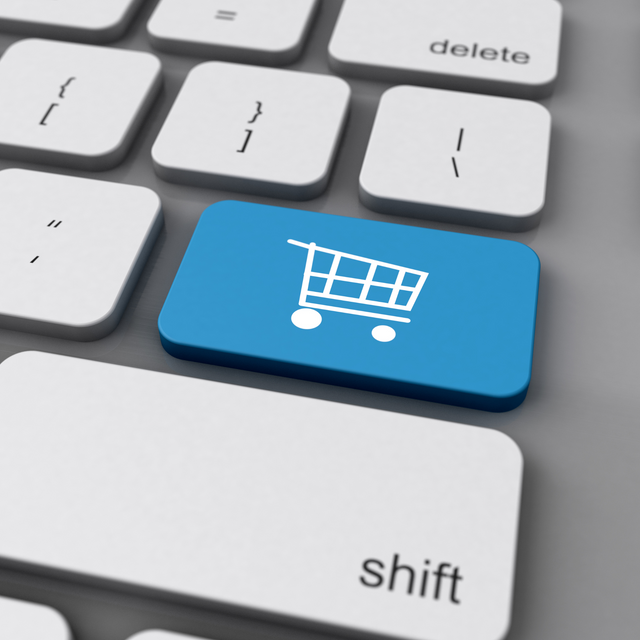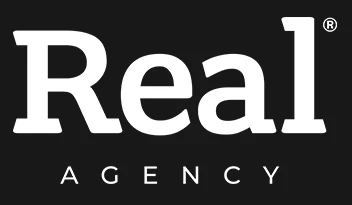
Are Your eCommerce Buttons Doing Their Job?
When was the last time you thought about the buttons on your eCommerce website? If the answer is “not recently,” don’t worry, you’re not alone. But here’s the thing: buttons are quietly one of the most important elements on your site.
They guide your customers, make decisions easier, and ultimately lead to that all-important sale. Done right, they’re seamless and intuitive. Done wrong, they create confusion and frustration. Nobody wants that.
So, let’s talk about how to make your buttons better.
If this has you rethinking your button design, you’re in good company. We’ve just tackled this topic in-depth on the podcast "ep. 11 - Don’t Push My Buttons," where we cover all the dos and don’ts of button design in eCommerce. Check it out here to learn more.Keep It Simple (But Effective)
What Makes a Good Button?
Good button design doesn’t have to be complicated, but it does require a little planning. Here are the essentials to get it right:
1. Say What You Mean
Have you ever clicked a button and thought, “Wait, what just happened?” That’s what you want to avoid. Your buttons need to clearly tell users what action they’re about to take.
Instead of generic labels like “Click Here” or “Submit,” opt for specific and actionable text. For example:
- “Add to Basket” instead of “Add”
- “Start Free Trial” instead of “Try Now”
- “Track Your Order” instead of “Track”
This simple shift can make your site feel intuitive and user friendly.
2. Don’t Disable Buttons
Imagine you’re ready to check out, but the “Complete Purchase” button is greyed out. It’s frustrating, right? Customers don’t know why the button isn’t working, and they might just leave your site instead of figuring it out.
Instead of disabling buttons, use helpful prompts. For instance, if they haven’t filled in all the required fields, let them know:
- “Please enter your delivery address to proceed.”
It’s clear, it’s actionable, and it keeps your customer moving forward.
3. Make Important Buttons Stand Out
Not all buttons are created equal. Some are more important than others, and they need to look the part.
Take the “Add to Basket” button. It’s arguably one of the most critical on your site. Use bold colours, larger sizes, or higher contrast to make it pop. Compare this to a “Save for Later” button, which can be styled more subtly to avoid distraction.
What to Avoid in Button Design
Even the best-intentioned designs can go wrong. Here are some common mistakes to steer clear of:
Too Much Information
A button is not the place for long sentences or overloaded designs. Labels like “Click Here to Learn More About Our Products” will wrap awkwardly and confuse users. Instead, keep it short and focused: “Learn More.”
Similarly, avoid cluttering buttons with multiple icons. One well-chosen icon (like a shopping basket or an arrow) can enhance clarity, but piling on extras makes things messy.
Inconsistent Placement
Consistency builds trust. When buttons are in familiar places, like at the bottom-right of forms or side-by-side for choices like “Continue Shopping” and “Checkout", users don’t have to hunt for them.
Imagine every page on your site had a different layout for the checkout button. It would slow people down and make your site feel unreliable.
Neglecting Mobile Users
We live in a mobile-first world, and your buttons need to work seamlessly on smaller screens. Make sure they’re big enough to tap without accidentally hitting something else. A good rule of thumb? Buttons should be at least 48x48 pixels.
Why Buttons Are So Crucial
Let’s step back for a second: why do buttons matter so much? Because they’re the bridge between your customer and their goal.
A poorly designed button is like a confusing road sign - it can make people hesitate, turn back, or even give up entirely. On the other hand, a well designed button is like a friendly guide, leading customers exactly where they want to go.
A Few Quick Wins to Try
If you’re ready to give your buttons some love, here are a few easy updates to start with:
- Test Different Colours: Does your “Add to Basket” button blend in with the rest of the page? Try a bold colour that contrasts with your background.
- Simplify Your Labels: Rewrite any buttons that don’t clearly explain what they do.
- Standardise Placement: Review your site and make sure buttons are in consistent locations.
Final Thoughts
Great button design isn’t about reinventing the wheel. It’s about understanding your customers, removing friction, and making it easy for them to complete their journey.
If you’re not sure where to start, pick one small change. like updating your button labels. and see how it impacts your conversions. Little tweaks can lead to big wins, and before you know it, your buttons will be doing their job better than ever.

